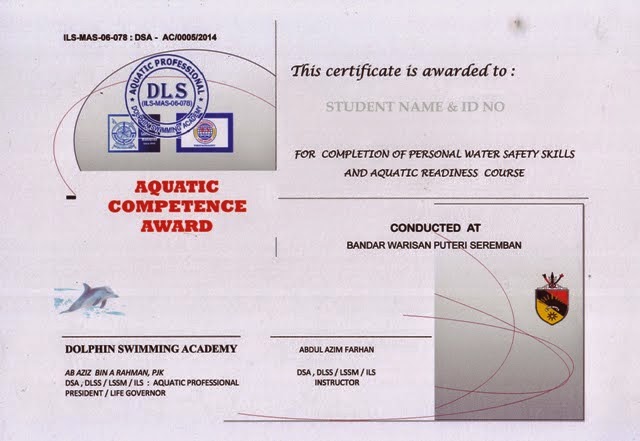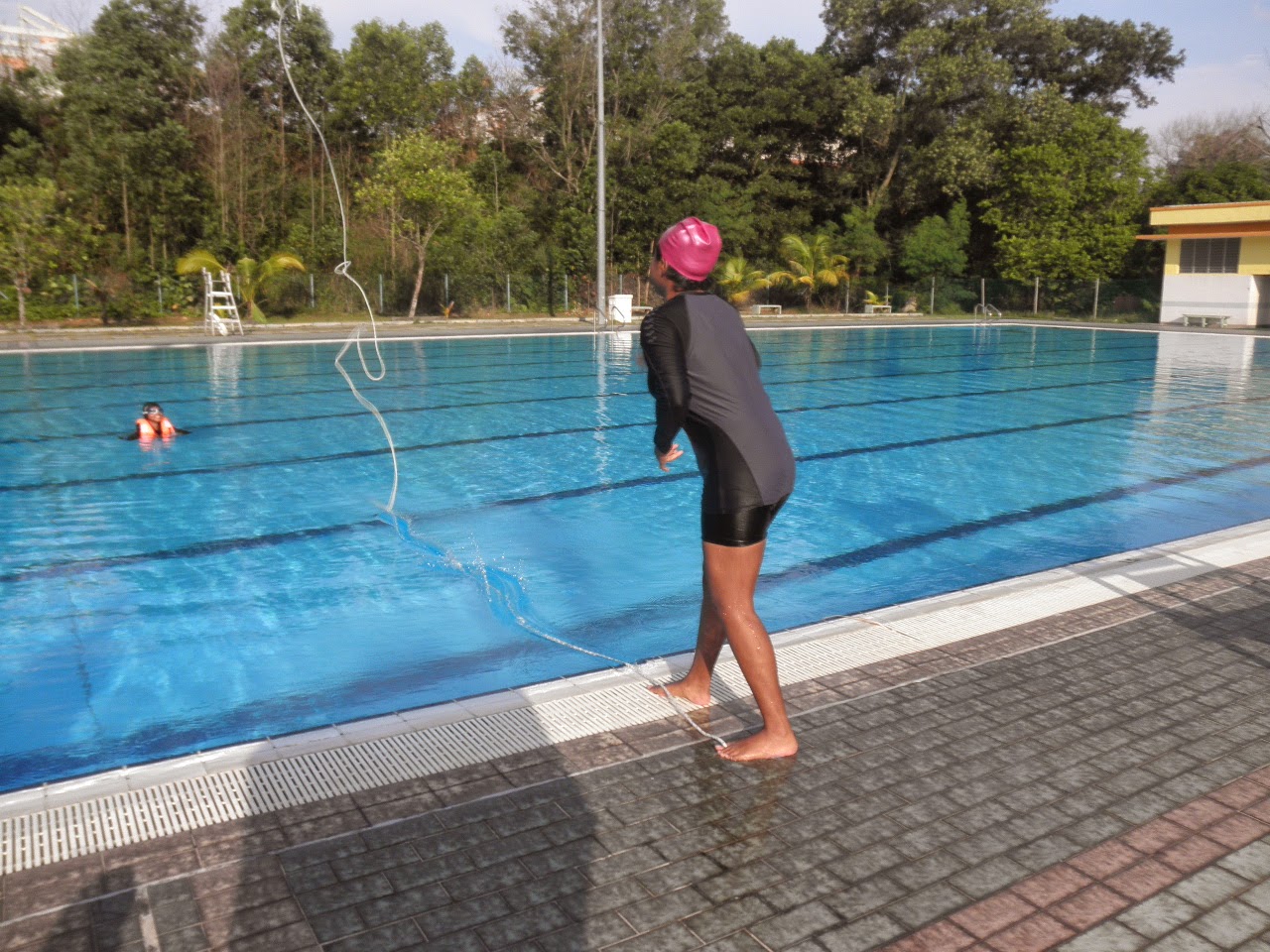Everyone can be a lifesaver, this includes
you.
Drowning
is one of the leading causes of preventable death.Provide instruction and training to aid in the acquisition of knowledge, skills, or competencies.
World Water Safety
INTERNATIONAL LIFE
SAVING FEDERATION
Fitness
Testing for Lifeguards
NOTE: This statement is intended for
those lifesavers, acting in a professional or volunteer capacity, who are
trained in the techniques of water rescue and resuscitation and who assume a
duty to safeguard members of the public at aquatic sites. They may be called
lifeguards, lifesavers or both. This statement is not directed at members of
the public trained in water safety and rescue techniques, but without a duty to
respond, who may also be known, in some areas of the world, as lifesavers.
The standards outlined in this
position statement are the minimum that ILS recommends. ILS encourages
organisations to exceed these recommended minimum standards where local
conditions and/or expectations of lifeguards are warranted.
Background
Experts in the field of lifeguard
training and rescue believe that lifeguards need to be able to demonstrate a
reasonable level of fitness. It is presumed that lifeguards would have sound
swimming and water rescue skills.
The available English language
studies in the aquatic setting were reviewed. The data is cohort studies of
lifeguard pre-employment assessment outcomes. Level of evidence from the
research is low and not directly related to the question addressed in this
review. There are no direct outcome data for lifeguards responding to victims.
The level of evidence in literature is low and most frequently expert opinion.
The swimming data was extrapolated from swimming pool environments. The beach
data did not involve swimming.
Lifeguard training manuals from many
national lifeguard training programs were reviewed. Many had minimum swimming
performance recommendations, based on consensus expert opinion. These
recommendations have been in place for many years and in some cases many
decades. This history of application of recommendations to the issue at hand is
the strongest evidence available.
Many national lifeguard training
organisations have been using similar fitness testing standards for many years.
There is a lack of evidence of success and a lack of evidence of risk or injury
to victims or rescuers. Retrospective and prospective research is recommended
to provide further data on this issue. The recommendations that follow are
based on consensus expert opinion of the ILS Rescue Committee.
Statement
The International Life Saving Federation
recommends that prospective research is recommended to provide data on this
issue.
The minimum standards of fitness
testing for lifeguards are recommended as follows, until there is data to
confirm, refute or modify these consensus expert opinion recommendations.
- A swimming test is an appropriate way of demonstrating fitness in a lifeguard.
- Fitness tests should be conducted with the bare minimum of equipment (i.e. no fins or flotation devices), and can be conducted in any suitable body of water over a measured distance. If the swim test is being conducted in a pool, that pool should be a minimum of 25 meters in length.
- Training organisations should ensure candidates are safe in the environment in which they will be participating in their lifeguard training. At all times the safety of lifeguards undertaking a fitness test is paramount. Organisations conducting fitness tests for lifeguards should ensure their safety through the provision of adequate water coverage including the use of surveillance and rescue craft where appropriate.
- Assess the level of swimming ability in a safe environment, prior to training in an open water environment. For clarification, ILS has not recommended a minimum entry (pre-test) assessment. Each organisation undertaking training should have an entry level pre-test based on their particular circumstances. In the absence of a pre-test being undertaken, appropriate risk mitigant strategies need to be put in place.
- Appropriate skill training in the environment in which the lifeguard will be operating is also recommended including how to enter the water, wading techniques, surf swimming skills, use of rips, etc. Research by Tipton et al concluded that pool swim times and other land-based tests do not strongly predict surf swimming performance. Therefore, it is recommended that tests for surf lifeguards be conducted in the surf environment.
- Assessing fitness through a minimum swim fitness standard
- The ILS recommended minimum swimming requirement for beach and open water lifeguard award is: 400 metres in 8 minutes.
- The ILS recommended minimum swimming requirement for pool lifeguard award is: 400 metres continuous un-timed and a timed test of 50 meters in 50 seconds.
- Operational requirement: Organisations should assess operational requirements and where necessary develop additional specific standards to meet that operational requirement. This may include a timed run, lifting (weight) standard, timed utilisation of equipment specific to that operation/location or a combination of the above (i.e. a timed run/swim/run).
Approved
ILS Lifesaving Commission 2 November
2007


























No comments:
Post a Comment